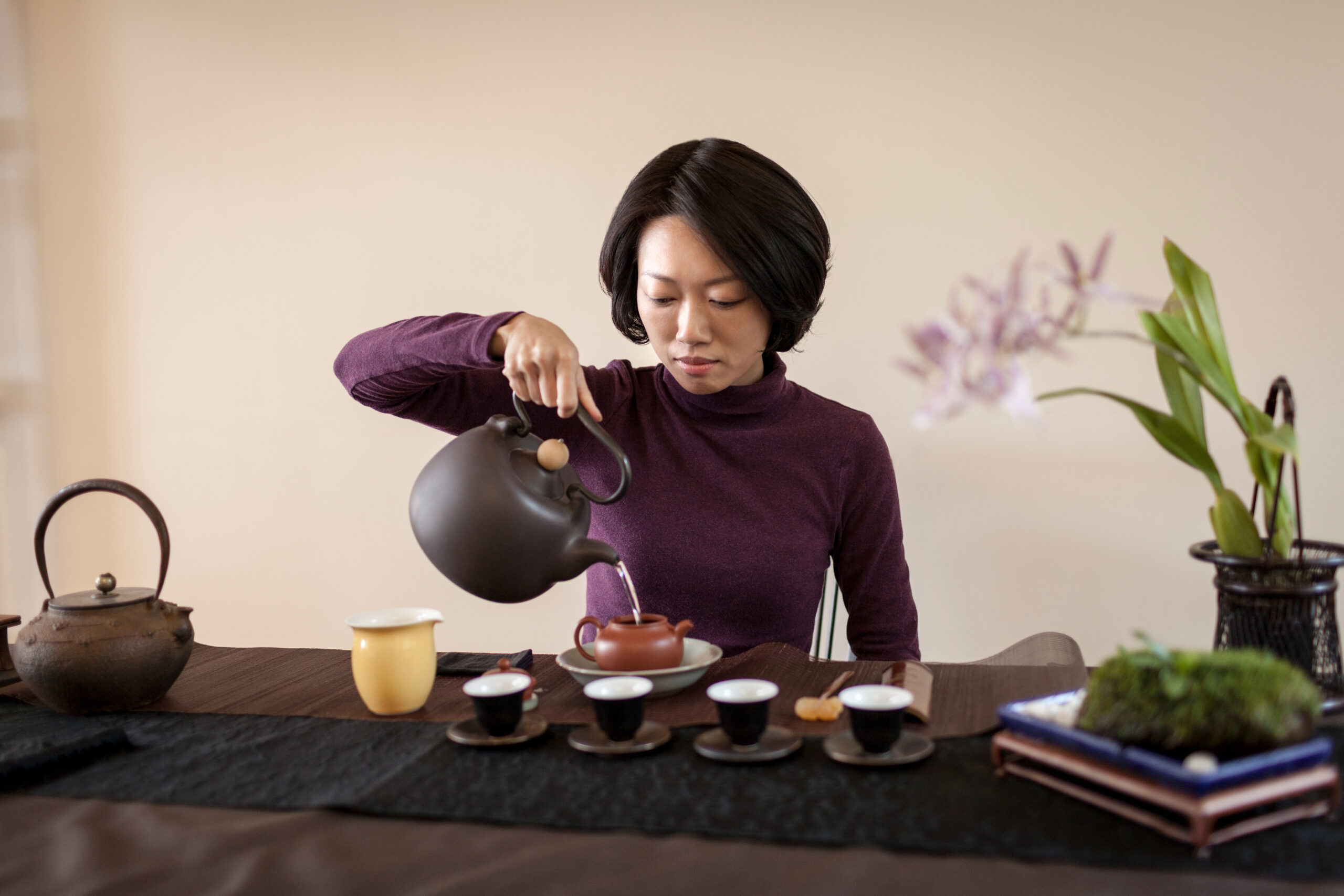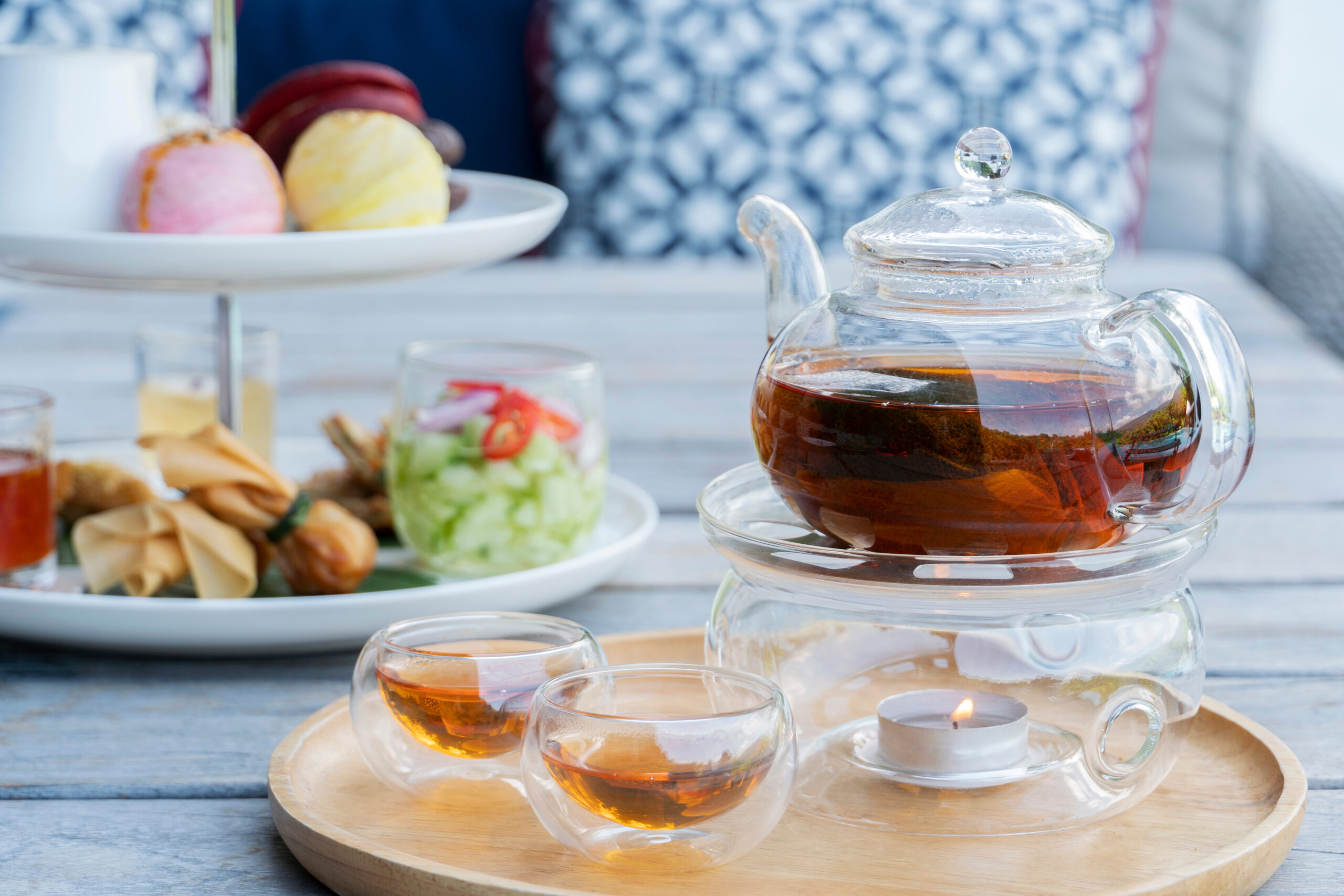For centuries, tea has been a treasured elixir, embraced and celebrated in cultures around the globe. Whether sipped during a quiet moment of reflection or shared among friends and family, tea’s allure goes beyond its captivating aroma and delightful taste. From the misty mountains of China to the bustling streets of India and the quaint tea houses of England, this ancient beverage has left an indelible mark on humanity, weaving its way into rituals, ceremonies, and daily lives. In this article, we embark on a journey to explore the fascinating history, diverse varieties, health benefits, and cultural significance of tea.
The Origins of Tea
The story of tea begins in ancient China, where legend has it that Emperor Shen Nong, a renowned herbalist, accidentally discovered the drink around 2737 BCE. While resting beneath a Camellia sinensis tree, a leaf fell into his boiling water, infusing it with a delightful aroma and taste. Intrigued by this chance encounter, the emperor tasted the newfound elixir, and thus, tea was born. From this serendipitous event, tea gradually spread across Asia, captivating the taste buds and hearts of emperors, scholars, and common folk alike.
The Varieties of Tea
Today, tea comes in a rich tapestry of varieties, each distinct in taste, aroma, and processing methods. The four primary types are green tea, black tea, white tea, and oolong tea, all derived from the leaves of the Camellia sinensis plant. Green tea, revered for its fresh and grassy flavor, undergoes minimal oxidation, preserving its vibrant green color and antioxidant properties. On the other hand, black tea, the most widely consumed type, goes through extensive oxidation, resulting in a robust flavor and deep reddish-brown hue.

White tea, the least processed of all, is delicately harvested and dried to maintain its subtle and delicate taste, while oolong tea falls between green and black tea, with varying degrees of oxidation, offering a spectrum of flavors from floral to fruity.
Apart from the traditional tea varieties, herbal teas, or tisanes, are popular infusions made from dried fruits, herbs, flowers, and spices. Chamomile, peppermint, hibiscus, and rooibos are some examples of herbal teas, each boasting unique flavors and reputed health benefits.
Health Benefits of Tea
Tea, particularly green tea, black tea, white tea, oolong tea, and herbal teas, is a popular beverage enjoyed by people around the world. Along with its pleasant taste, tea offers various health benefits due to the presence of bioactive compounds and antioxidants.
Beyond its captivating taste, tea offers a plethora of health benefits. Here are some of the potential health benefits of tea:
Antioxidant properties: Its rich polyphenol content, including catechins and flavonoids, acts as potent antioxidants that combat free radicals, protecting cells from oxidative stress. These compounds help to neutralize harmful free radicals in the body, reducing oxidative stress and cellular damage.
Heart health: Regular consumption of tea, especially green and black tea, has been associated with a reduced risk of heart disease. The antioxidants in tea can help lower LDL cholesterol levels, improve blood vessel function, and reduce blood pressure.
Brain function: Regular consumption of green tea may improve brain function and memory retention. Some studies suggest that the catechins in green tea may have neuroprotective effects, potentially lowering the risk of neurodegenerative diseases like Alzheimer’s and Parkinson’s.
Weight management: Certain compounds in green tea, like EGCG (epigallocatechin gallate), may boost metabolism and aid in weight management. However, it’s essential to maintain a balanced diet and exercise for effective weight loss.
Oral health: Tea contains fluoride, tannins, and catechins, which can help inhibit the growth of harmful bacteria in the mouth, reducing the risk of cavities and gum disease.
Diabetes management: Some research indicates that tea consumption may improve insulin sensitivity and blood sugar control, which could be beneficial for people with type 2 diabetes.
Digestive health: Herbal teas, like peppermint or ginger tea, have been traditionally used to soothe digestive issues such as indigestion, bloating, and nausea.
Immune system support: Tea contains certain compounds that may help strengthen the immune system and protect against infections.
Reduced cancer risk: Some studies suggest that regular tea consumption may be associated with a decreased risk of certain cancers, such as breast, prostate, and ovarian cancers. The antioxidants in tea might play a role in this potential benefit.
Hydration: Tea is a hydrating beverage and can contribute to your daily fluid intake, which is essential for overall health.
It’s important to note that while tea offers various health benefits, it is not a cure-all, and its effects may vary from person to person. Additionally, adding excessive sugar or milk to your tea can negate some of these benefits, so it’s best to consume tea without too many additives. As with any dietary component, moderation is key. If you have specific health concerns, it’s advisable to consult with a healthcare professional for personalized advice.
White tea, the least processed of all, is delicately harvested and dried to maintain its subtle and delicate taste, while oolong tea falls between green and black tea, with varying degrees of oxidation



The Ritual of Tea
Tea’s cultural significance transcends its health benefits, becoming an integral part of various customs and traditions. The traditional Japanese tea ceremony, known as “Chanoyu” or “Sadō,” emphasizes harmony, respect, purity, and tranquility. The process involves the careful preparation and consumption of matcha, a powdered green tea, in a serene setting to cultivate mindfulness and appreciation for the moment.
Similarly, the British afternoon tea, with its scones, clotted cream, and dainty sandwiches, has become synonymous with refined elegance and social gatherings. It originated in the 19th century when Anna, the Duchess of Bedford, initiated the practice of taking tea and light snacks to curb the afternoon hunger pangs.
Tea’s cultural significance extends to the Middle East, where the elaborate preparation and enjoyment of mint tea symbolize hospitality and friendship. Moroccan mint tea, a delightful blend of green tea, fresh mint leaves, and sugar, is ceremoniously poured from a height to create a frothy texture, infusing the tea with the vibrant flavors of Morocco.
In the timeless tapestry of human history, tea stands as a cherished companion, enriching our lives with its nuanced flavors, enchanting aromas, and potential health benefits. From the rolling tea estates of Asia to the cozy tearooms of Europe, this ancient elixir continues to foster connection, conversation, and contemplation among people from all walks of life. As we raise our cups in appreciation, let us savor the magic of tea—a beverage that transcends time and space, inviting us to celebrate the art of living, one sip at a time.




